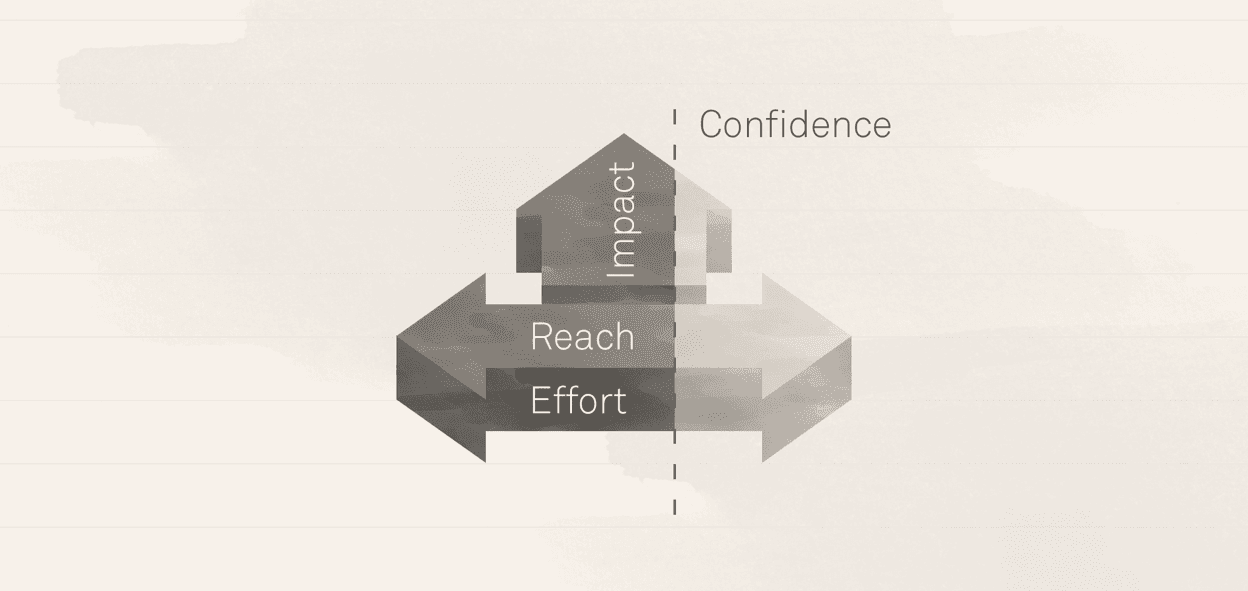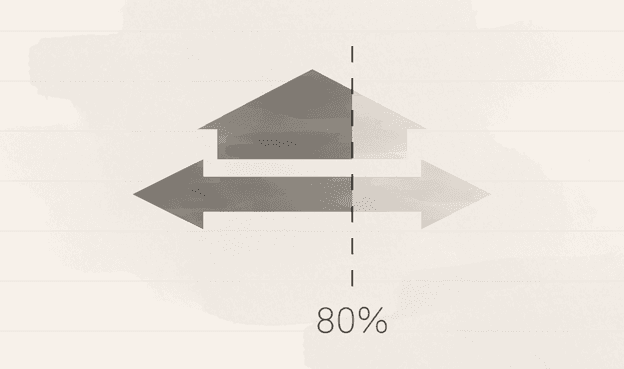Mastering Product Management: Harness the Power of RICE Prioritization Method
Aug 10, 2023
Chalking out a product roadmap is no less than a chess game. It’s about making the right moves, at the right time. However, the real test lies in determining what move to make first, or in other words, how to prioritize your product roadmap. The solution? The RICE method, a simple yet powerful tool for prioritization.
Unraveling the Complexity of Prioritization

Prioritization in product management can be a complex affair. It's not just about choosing what to work on, but also determining the order of execution. Here are some reasons why prioritization can be challenging:
The allure of working on pet projects or ideas that you personally find interesting.
The temptation to focus on innovative ideas, instead of projects that directly align with your objectives.
The thrill of exploring novel concepts, instead of projects that you're already confident about.
The tendency to underestimate the extra effort that certain projects might demand.
The key to successful prioritization lies in systematically assessing these factors for each project idea. Thankfully, there's a convenient tool at your disposal: the RICE score.
The RICE Score: Your Prioritization Compass
The RICE score is a unique system that helps you evaluate each project idea on four fundamental factors: reach, impact, confidence, and effort, giving you a holistic view of your project's potential value.
Reach: The Breadth of Influence

The first factor, Reach, represents the number of people your project will impact within a specific timeframe. By quantifying reach, you can shift your focus from features that cater to your personal preferences to those that have a broader impact.
For instance, if your project aims to enhance a particular aspect of the signup process, your reach could be the number of customers who interact with this process over a quarter. This measurement can be represented in various units like "customers per quarter" or "transactions per month", depending on your project's nature.
Impact: The Depth of Influence

Impact refers to the extent to which each individual is affected by your project. This factor allows you to focus on projects that significantly contribute to your primary goal, whether it's increasing conversion rates, improving user adoption, or enhancing customer satisfaction.
Given that quantifying impact can be tricky, you can use a relative scale to measure it. For instance, you can assign a score of 3 for "massive impact", 2 for "high", 1 for "medium", 0.5 for "low", and 0.25 for "minimal". This score is then multiplied with the final RICE score to adjust its weightage.
Confidence: The Degree of Certainty

Confidence helps you moderate your enthusiasm for exciting but undefined ideas by accounting for your certainty in your estimates. If you're unsure about the impact of a project, a confidence score will help you manage the risk associated with it.
Confidence is expressed as a percentage, with 100% indicating "high confidence", 80% for "medium", and 50% for "low". Anything below that is considered a "total moonshot". The more evidence you have to support your estimates, the higher your confidence score will be.
Effort: The Investment Required

Effort estimates the total amount of time your team would need to implement a project. This includes the time needed for planning, designing, and engineering. Effort is measured in "person-months", representing the work one team member can accomplish in a month.
Effort estimation can be challenging due to various unknowns, hence it's recommended to keep your estimates rough, sticking to whole numbers or 0.5 for anything less than a month.
Calculating the RICE Score: The Formula
The RICE score is calculated by combining the four factors we just discussed: Reach, Impact, Confidence, and Effort. Here's a brief recap of these factors:
Reach: How many people will this impact within a defined time period?
Impact: How much will this impact each person? (Massive = 3x, High = 2x, Medium = 1x, Low = 0.5x, Minimal = 0.25x)
Confidence: How confident are you in your estimates? (High = 100%, Medium = 80%, Low = 50%)
Effort: How many "person-months" will this take?
The formula to calculate the RICE score is quite straightforward:

The RICE score essentially measures the total impact per time worked, which is what we aim to maximize. You can use a spreadsheet to automatically calculate the RICE score as you estimate each factor.
Leveraging the RICE Score for Effective Prioritization
While the RICE score provides a logical and systematic approach to prioritization, it's not an absolute rule. There could be reasons why you might want to work on a lower-scoring project first. For instance, a project might be a prerequisite for another, or a specific feature might be essential to attract certain customers.
At times, you might have to work on projects "out of order", and that's perfectly alright. The RICE score simply provides a framework to help you make informed decisions and justify them to stakeholders. Try integrating the RICE scoring system into your prioritization process and experience the difference it can make.
After all, in the game of product management, the key to winning isn't just about making the right moves, but also knowing when to make them. The RICE score serves as your compass in this journey, guiding you towards effective and efficient prioritization.



